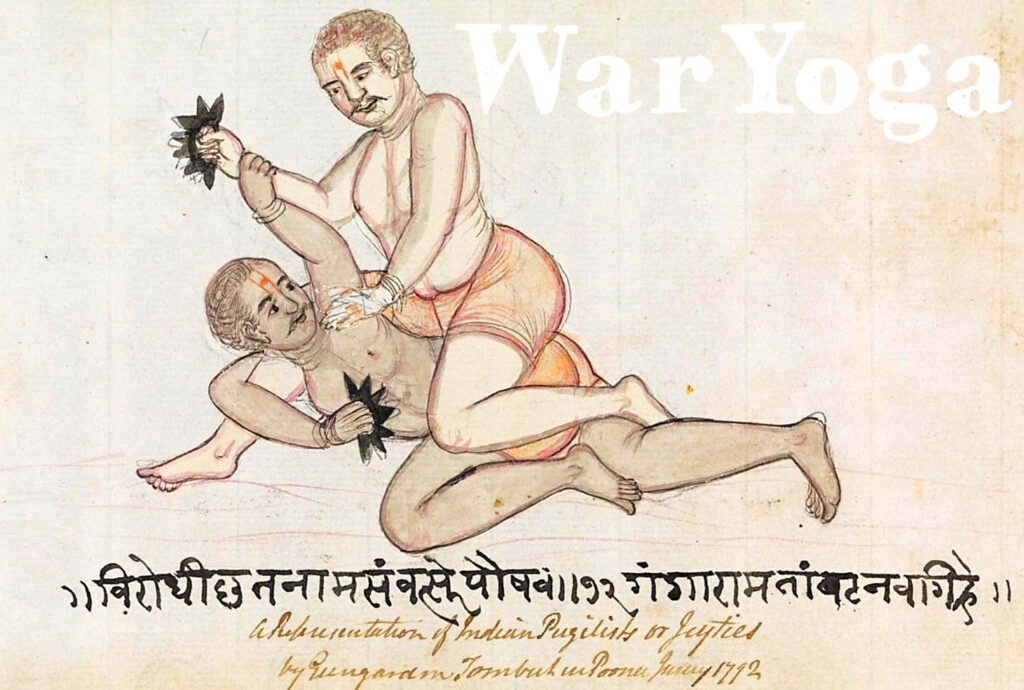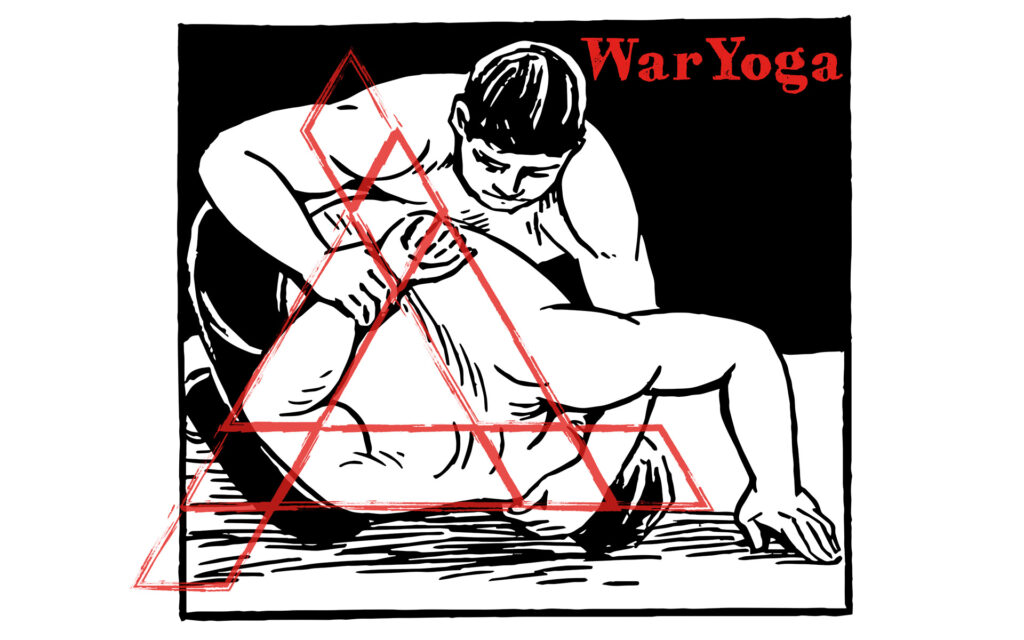
In 2021, I went to the town of Vadodara in the Gujarat searching for an ancient from of Indian wrestling called Vajramuśti (pronounced Vajramushti).
Vajramuśti is a style of wrestling that was laid out in the medieval Mallapurana wrestling treatise. Performed by a high caste Brahmin clan known as the Jyesthimallas, the art utilises a vajra: a buffalo horn spiked knuckleduster that is strapped to one hand of each wrestler. The tool is used for striking as well as joint manipulation.
It is the most brutal grappling style in Indian history.
Vadodara is a major town in the northwestern Indian state of Gujarat. I planned a trip there based around visiting three living akharas as well as trying to pick up a trail that went cold back in the 1980s.
Back in the mid-1980s, an Australian martial artist named John Will went to the city armed with a few photos and a copy of the Mallapurana in Sanskrit. Through some great logical detective work he found himself on the doorstep of the last living true Jyesthimalla Vajramuśti practitioners in the world. He then spent a few weeks learning from Śri Sitaram and his brother. His experience can be found here.
Before visiting Vadodara, I contacted John to see if I could glean any further information from him. He gave me a few memories that helped me try to pick up the trail. I found the old temple he described in the ancient narrow streets of Vadodara. Opposite, the buildings that once stood there had been torn down in the 1990s.
After wandering the neighbourhood for a few hours, I asked a local man who was sitting on his doorstep if he knew the Jyethimalla family. He remembered them. The younger generation had moved away from the town. I stayed a little longer, hoping to find an abandoned akhara, but alas, “progress” had done what it always seems to do for the traditions it deems valueless.
I told John who, while not surprised, was saddened to know his predictions were true. We talked a little of the annual Vajramuśti matches in Mysore Palace in Karnataka. John told me how the performance was a shadow of the brutal art he gained an insight into in the 1980s. From what I have seen, I would have to agree with him.
The ancient sport of Vajramuśti seems to have been reduced to a performance spectacle played out annually during the Mysore Dasara Festival. The combatants work a choreographed version of the sport and the referees ensure that nobody is seriously attacked.
I have been informed by a contact in India that there is still a garadi in Mysore that teaches the style to a limited number of students, but whether they are taught the full Jyesthimalla version of Vajramuśti remains to be discovered. My travels will one day lead me to Mysore where I will once again pick up the trail for Vajramuśti.
Thanks to Harjit Singh for the image used in this article. It depicts two Vajramuśti wrestlers in 1792.
